The flag of Japan, known as “Nisshōki” or more commonly “Hinomaru,” embodies the nation’s essence through its minimalist yet evocative design by capturing its deep respect for simplicity and nature.
Flag of Japan
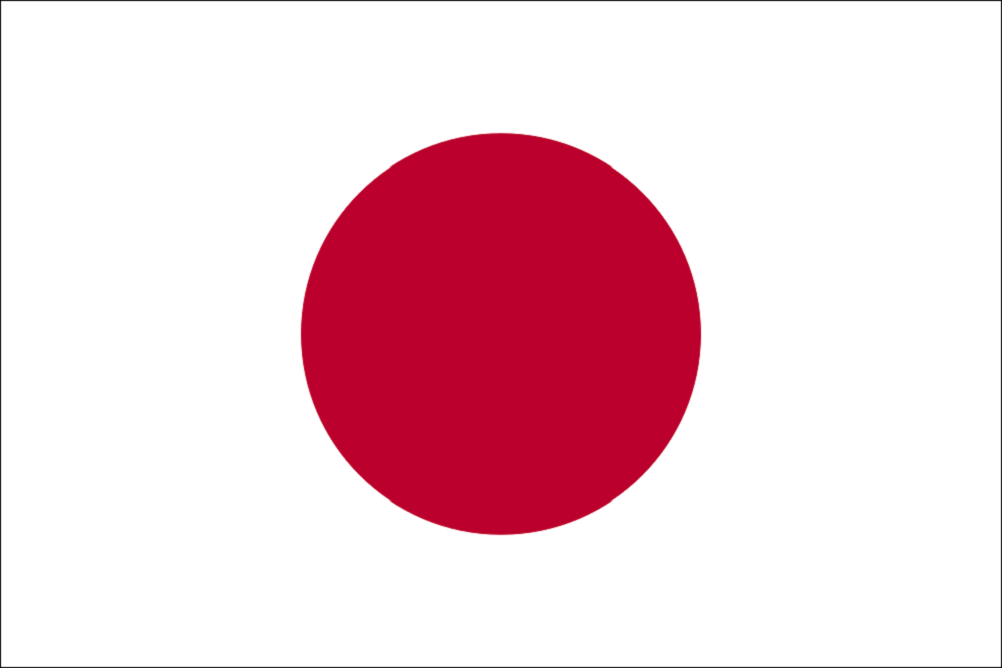
Japan’s flag, distinguished by its red sun emblem against a contrasting backdrop, captures a key aspect of the nation’s natural symbolism. This design is universally recognized and deeply symbolic.
This flag embodies Japan’s philosophical and aesthetic values with its clean lines and bold colors. It underscores a preference for minimalism and a deep connection to the natural world, particularly the sun, which holds significant cultural and spiritual importance in Japan.
The flag’s simplicity also echoes the Japanese principle of “less is more,” a concept that resonates across various aspects of Japanese life, from art to daily living.
Flag of Japan: Color Palette
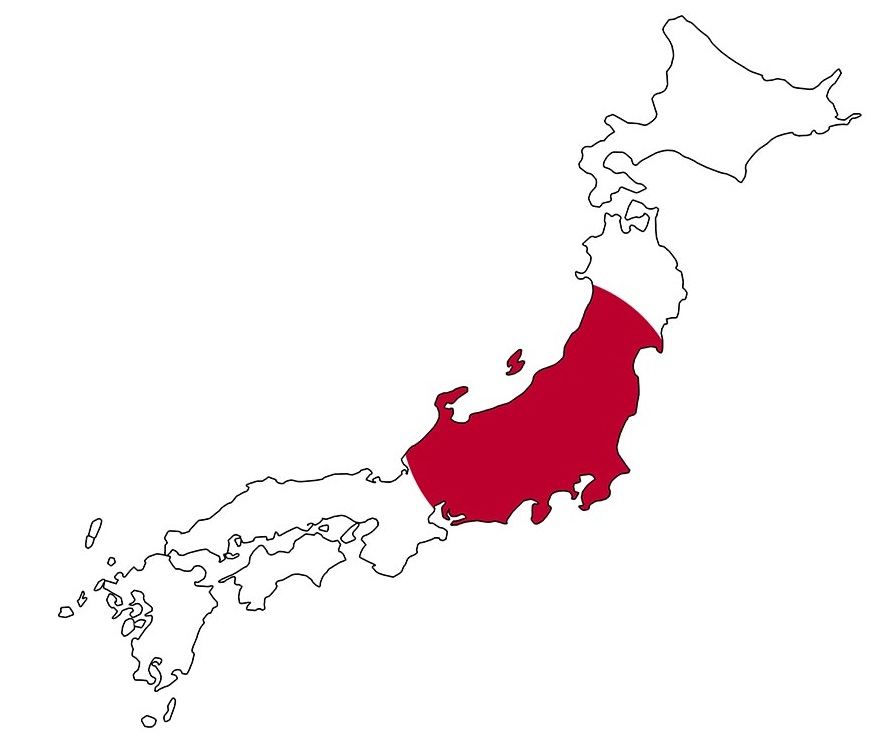
Japan Flag Emoji: 🇯🇵
The color palette of Japan’s flag is a study in striking contrast and symbolic depth. Comprising only two colors, red and white, it creates a visual impact that is both bold and meaningful. This minimalist palette will be explored in detail, revealing the rich cultural and historical layers each color embodies.
Meaning of Each Color
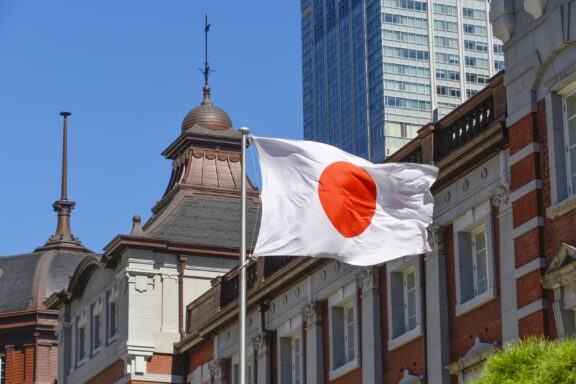
Red
The central red disc symbolizes the sun, a fundamental element in Japanese mythology and culture. This association dates back to ancient beliefs, where the Sun Goddess Amaterasu is a direct ancestor of Japan’s emperors.
The sun, particularly as the “Land of the Rising Sun,” has always been central to Japanese identity. The sun symbol dates back to at least 701 AD, with Emperor Monmu’s use of a sun-motif flag.
Therefore, the red represents not just the celestial body but also prosperity, life, and energy for Japan and its people. It reflects the cultural and spiritual significance of the sun in Japan and the nation’s aspirations for progress and vitality.
White
The white background of the flag represents purity, honesty, and integrity. These are qualities highly valued and aspired to in Japanese society.
The simplicity and clarity of the white background also resonate with the Japanese aesthetic of minimalism and understated elegance. It is a canvas highlighting the red disc, symbolizing the nation’s focus on purity of purpose and clarity of vision.
Imperial Seal of Japan
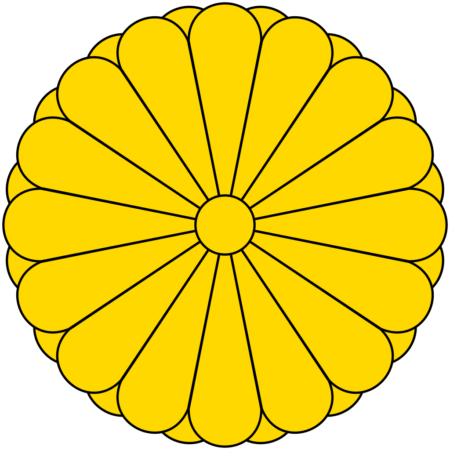
Japan’s national emblem, the Imperial Seal, is emblematic of the nation’s imperial heritage, which is deeply intertwined with the imperial family.
- Design: The Imperial Seal features a stylized chrysanthemum blossom with 16 petals in two rows. The outer row consists of 16 front petals, and the inner row has 16 rear petals, half staggered and only visible at the flower’s edge. The colors used are typically orange or yellow with red or black outlines.
- Symbolism: The chrysanthemum symbolizes longevity and rejuvenation, reflecting the enduring lineage and continuity of the Imperial family. Japanese artistic traditions and Chinese styles influence the design.
With its chrysanthemum design, the Imperial Seal of Japan is a distinctive symbol embodying the nation’s heritage and character. This emblem, diverging from Western heraldic norms, uniquely represents Japan’s historical continuity and the revered status of its Imperial family.
Historical Evolution and the Meaning Behind Changes
The flag of Japan has a long-standing history that mirrors the nation’s evolving identity. Its design, featuring a distinct red disc on a white background, has remained broadly consistent, symbolizing Japan’s endurance and historical values.
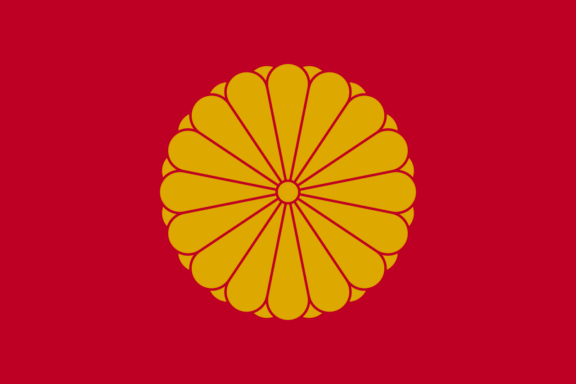
Originating from ancient ties to the sun goddess Amaterasu, the sun motif has been integral to Japan’s cultural narrative, symbolizing its enduring legacy. Officially adopted in the late 19th century during the Meiji Era, a period of significant modernization, the flag symbolized a unified national identity.
In its historical journey, the flag has evolved, mirroring the nation’s transition through significant global events and internal transformation. The flag regained its status in the post-war era, symbolizing Japan’s recovery, growth, and aspiration for peace.
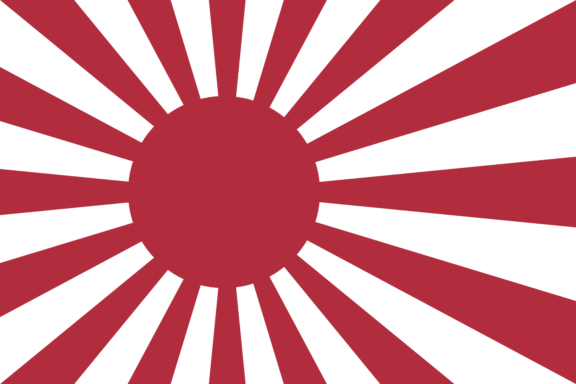
Despite various political and social changes throughout Japan’s history, the flag’s design has remained a constant emblem of the nation’s traditions and historical continuity.
Overall Symbolic Meaning of the Flag
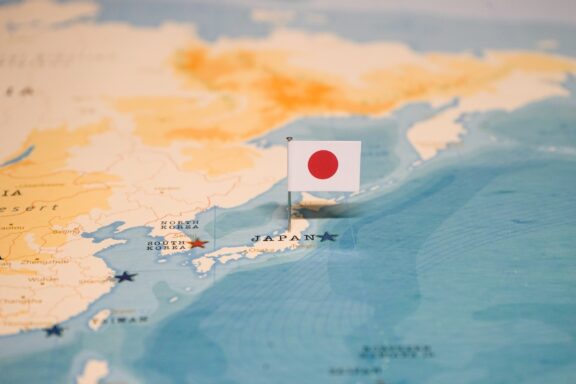
The flag of Japan, transcending its elements, stands as a symbol of the nation’s philosophical and cultural ethos. It embodies a blend of respect for tradition, a fusion of tradition, and forward-looking optimism.
Marked by its simplicity and elegance, it encapsulates Japan’s aesthetic values and deep connection with the natural world. It represents Japan’s unique perspective on balance, harmony, and the continuous interplay between the past and the future.
Similar Flags to the Flag of Japan
Identifying flags similar to Japan’s flag involves considering designs that feature a central emblem or symbol on a plain background. However, due to the unique nature of Japan’s flag, very few flags closely resemble it.
Here are a couple of examples with some resemblance:
Bangladesh

The Bangladesh flag features a slightly off-center red circle on a green background. The red circle in the Bangladesh flag is similar to the red disc of Japan’s flag, representing the sun.
The difference in placement and background color reflects Bangladesh’s unique national identity, with the green symbolizing the country’s lush landscape.
Palau

The flag of Palau also bears a resemblance, featuring a yellow full moon on a light blue background. The concept of a single circular emblem against a solid color background creates a visual parallel with Japan’s flag.
The yellow moon against the blue represents Palau’s connection to the surrounding ocean and the moon’s role in Palauans’ lives.
Final Thoughts
Japan’s flag is a testament to the power of simplicity in design. It represents a nation and tells a story of a people deeply connected to their past and looking forward to a future of peace and prosperity. It represents more than a country, it’s a poignant emblem of a nation’s ethos and place in the broader world.